Muromachi Period, one of the most important Japanese history schedules, and I will describe this Muromachi period in this article. Muromachi was named for a district in Kyōto, and there, the first Ashikaga shogun, Takauji, established his administrative headquarters.
You have come to the right page if you enter the internet to know about the Muromachi period in Japanese history. In this article, I will help you to know about this period. So don’t waste any more and start reading from fast to last.
Muromachi Period Details
The Muromachi period has many names like the Muromachi era, the Muromachi Bakufu, the Ashikaga era, the Ashikaga period, or the Ashikaga Bakufu. According to Japanese history, the running time of this Muromachi Period is from 1336 to 1573. The governance of the Muromachi shogunate is marked by this Muromachi Period that is also known as the Ashikaga shogunate.
The first Muromachi shogun Ashikaga Takauji was officially established in 1336. The Muromachi district of Kyoto received this name. Ashikaga Yoshiaki was the fifteenth and last shogun, and it was driven out of Kyoto’s capital by Oda Nobunaga in 1573.
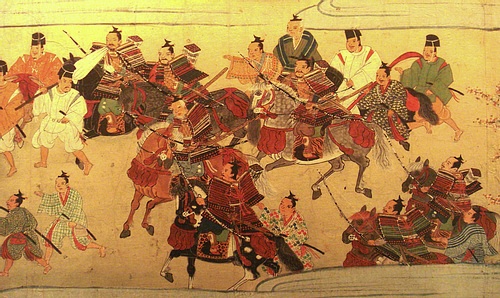
Muromachi Period
History Of Muromachi Period
The Muromachi Period initially comes after the Kamakura period from 1192-1333. The Mongols sent 23,000 soldiers to invade Japan and successfully conquered Korea in November 1274. They landed at Hakata Bay for making some initial advances through a combination of bad weather and lack of supplies, and internal dissension caused them to withdraw.
The second attempt occurred in the spring of 1281; they landed at numerous points along the coast of Kyushu. The agricultural land was devastated by these battles. After these occurrences, the Muromachi Period comes.
The Muromachi period is known as the Nanboku-chō or Northern and Southern court period in the early years of 1336 to 1392. This was named just because of the existence of the two imperial courts. The Sengoku period was the last name of this Muromachi period from 1467.
Muromachi Period Literature
The spread of cultural activity through all society levels was one of this Muromachi period’s best features. There had also two noble examples in this Muromachi period. These examples are Fuji kikō in 1432 and Tsukushi Michi no ki in 1480. Noh was also a part of Japanese Muromachi Literature.
This Noh is widely known as the classic Japanese dance-drama, and it has been performed since the 14th century. This Noh theater was developed into the common people in this period.
From the early 13th to 14th centuries, travel literature got more popularity for developing the roads so that the traveling interest among the people grown up. Kitabatake Chikafusa was the most famous writer in that period, and he wrote the Jinnō Shōtōki that was a Japanese historical book.
Economic and Cultural Developments in Muromachi Period
After the Chinese sought support in suppressing Japanese pirates in China’s coastal areas, the Japanese began to contact the Ming dynasty during the Muromachi period. The Chinese referred to as wokou the pirates of this Japanese Muromachi era and region.
Yoshimitsu accepted a relationship with the Chinese to improve relations with China and rid Japan of the wokou threat. This relationship was to last for half a century. The tribute system also restarted by describing himself in a letter to the Chinese Emperor as “Your subject, the King of Japan.”
Muromachi emerged as a new culture from the Bakufu headquarters in Kyoto to reach all society levels during which Zen Buddhism was strongly influenced. I think these are enough to make clear about the Japanese Muromachi period. This article has been made depending on some important information from valid sources.
However, all the information may not be 100% right. If you can find any wrong information, please inform us by adding a comment in the comment box below because your comments are always important. I will fix that fault as soon as possible. Stay linked with our website for getting the next update.

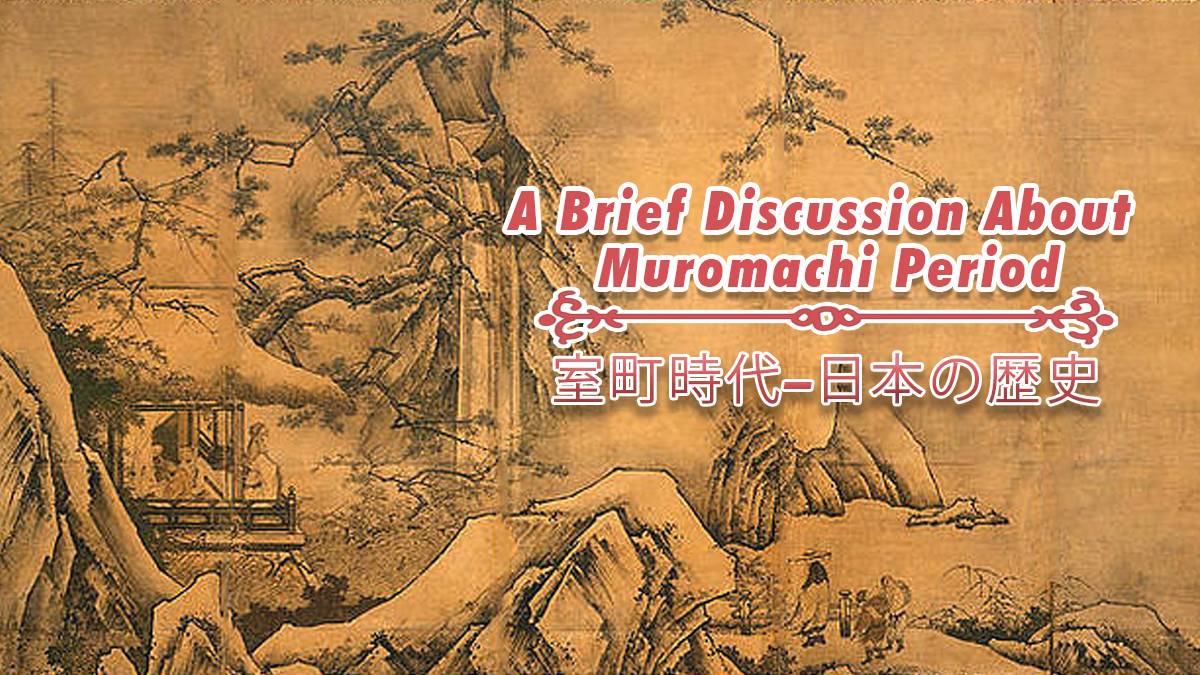
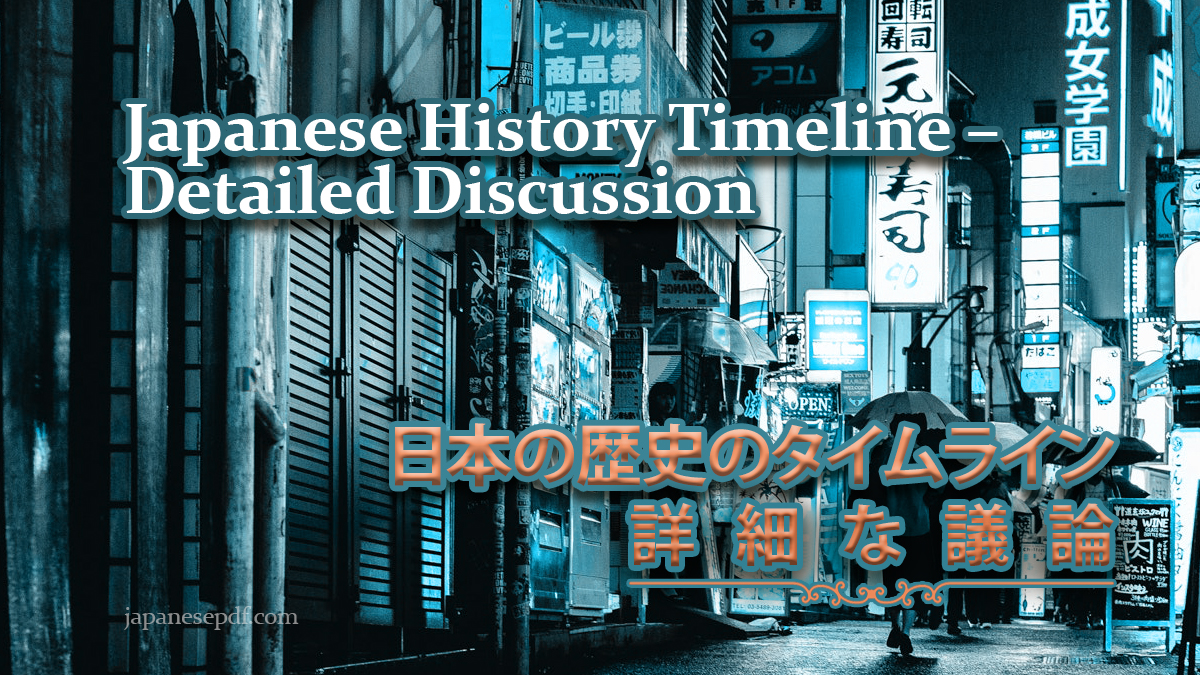
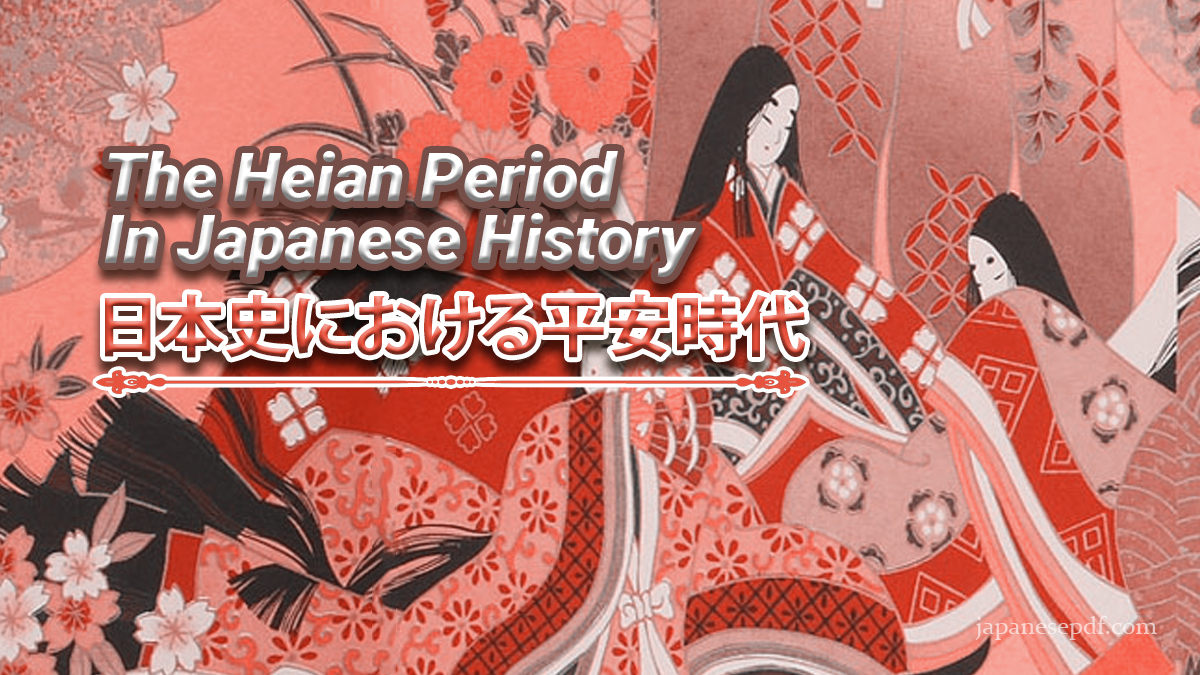
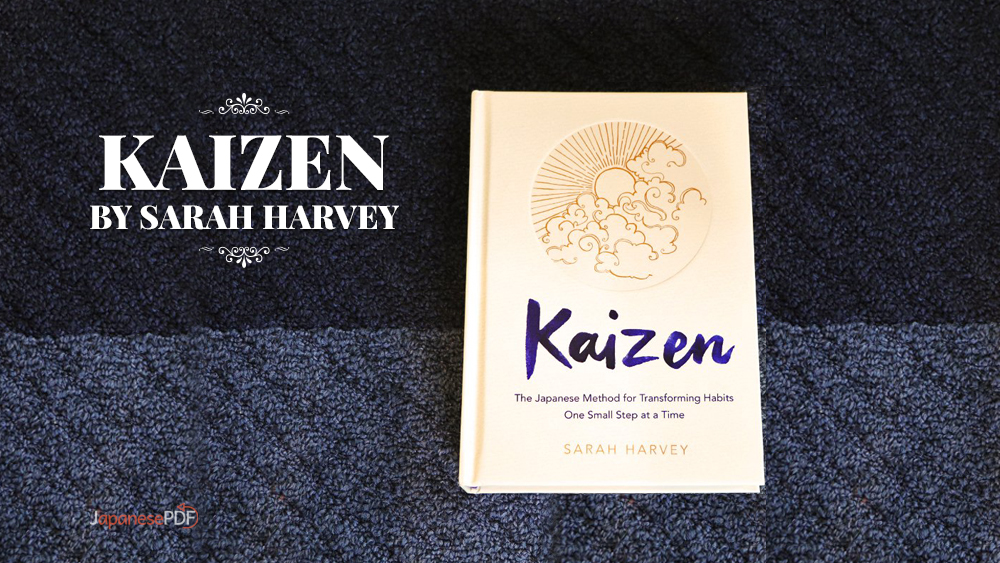
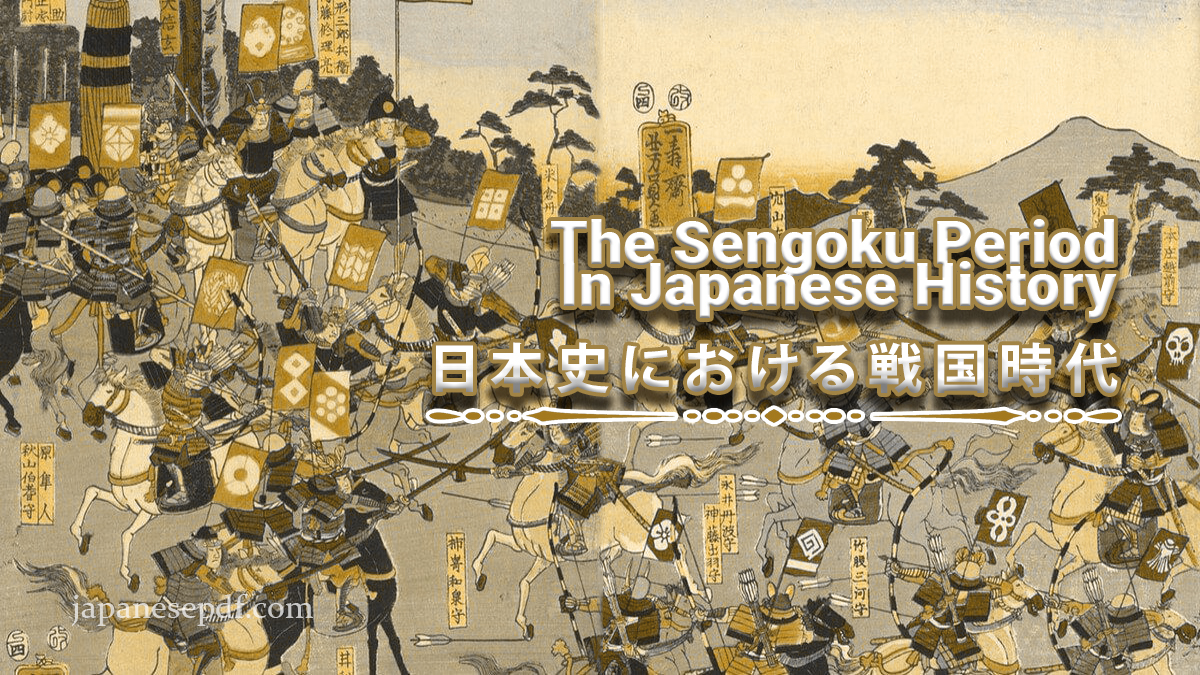
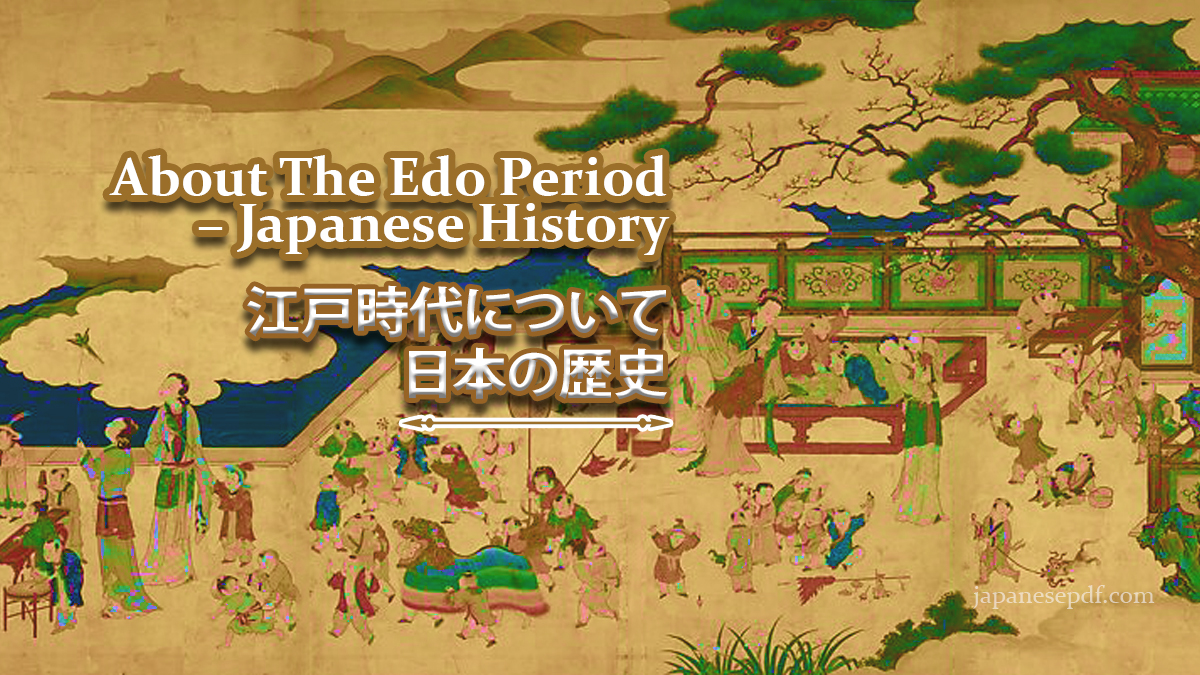
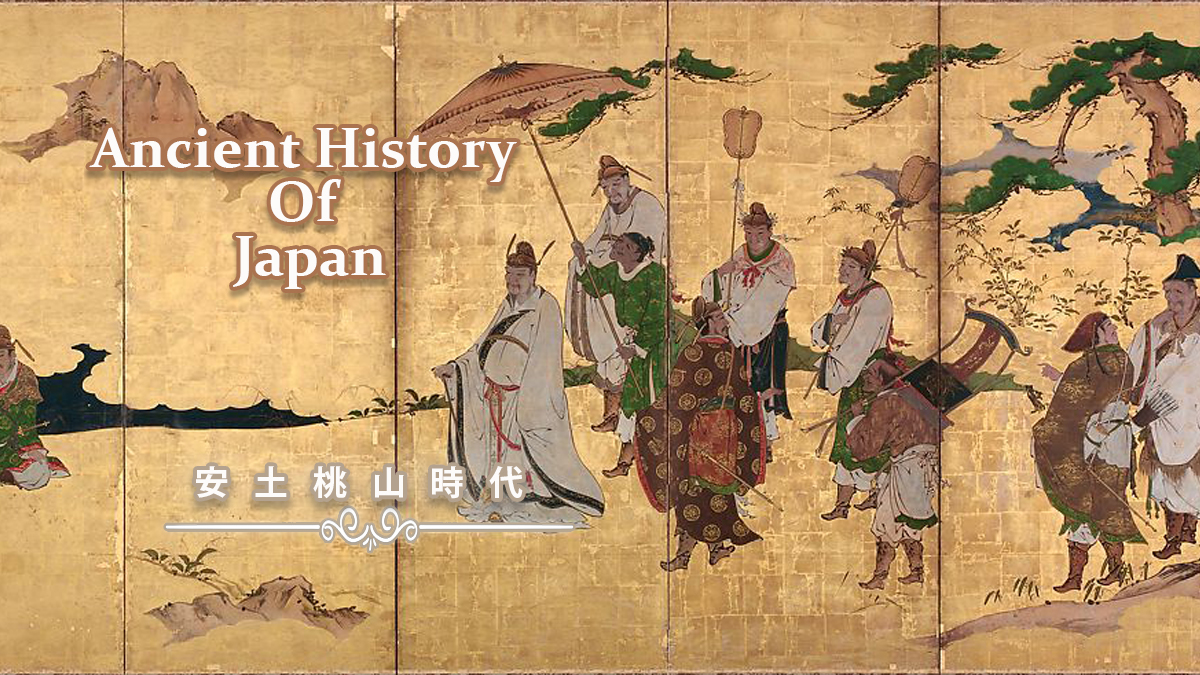





Comments